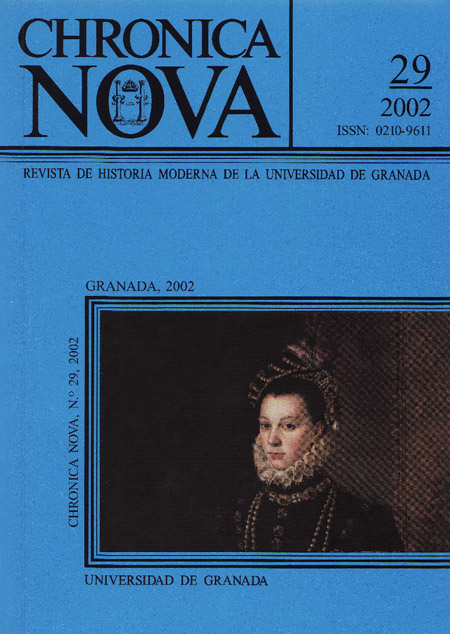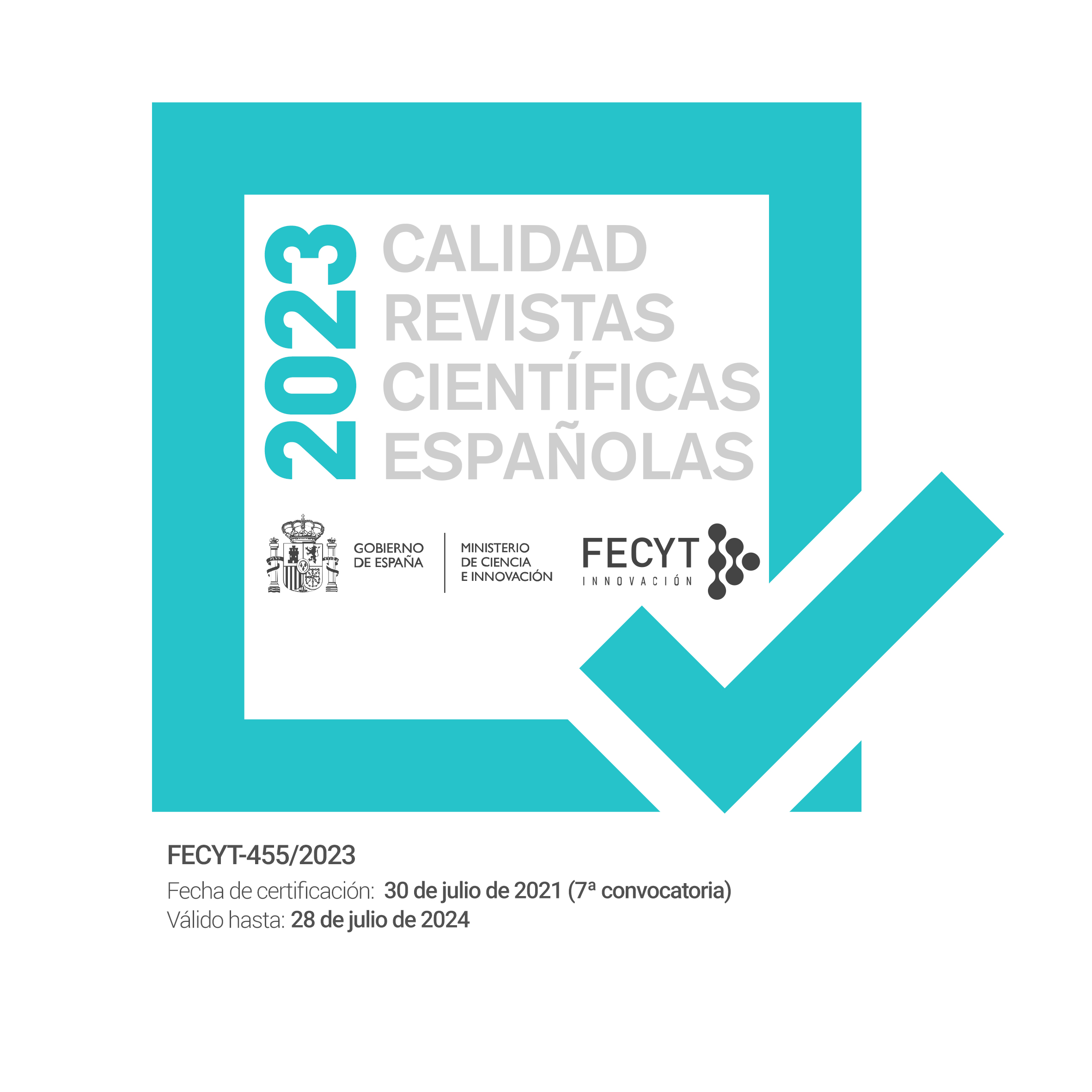Spectacle and religion in Baroque Spain: the popular missions
DOI:
https://doi.org/10.30827/cn.v0i29.2006Keywords:
Confession, Procession, Devotions, Jesuits, Capucins, Religious life, Popular missions, ConversionAbstract
This article provides new facts about religious life in Spain in the second half of the XVIIth Century and the beginning of the XVIIIth Century through the study of the popular missions. The author studies the rhetorical and theatrical aspects of the missions that Jesuits and Capucins developed in this country, which were essential to persuade and convert people, insisting in the fact that they all were linked with the Baroque Culture. Also, the popular missions were one of the principal tools to spread a devout model of religious life to the wider population. This new practice was sustained by the congregations founded by the missionaries in the villages, that encouraged particular devotional practices and a new kind of religious motives which are typical of the Postridentine period.Downloads
Downloads
How to Cite
Issue
Section
License
Nuestra revista se atiene a las recomendaciones para la implementación del Artículo 37 Difusión en Acceso Abierto de la Ley de la Ciencia, la Tecnología y la Innovación:
- Los/as autores/as cuyas contribuciones sean aceptadas para su publicación en esta revista conservarán el derecho no exclusivo de utilizar sus contribuciones con fines académicos, de investigación y educativos, incluyendo el auto-archivo o depósito de los artículos aceptados en repositorios institucionales o temáticos de acceso abierto de cualquier tipo en un plazo máximo de seis meses.
- Preferiblemente se permitirá el uso de la versión publicada de las contribuciones científicas, que estarán accesibles en abierto tan pronto como sea posible.
-
Que en caso de que el trabajo sea aprobado para su publicación, el/la autor/a autoriza de manera ilimitada en el tiempo a la entidad editora para que incluya dicho texto en Chronica Nova y pueda reproducirlo, editarlo, distribuirlo, exhibirlo y comunicarlo en el país y en el extranjero por medios impresos, electrónicos, CD, Internet o cualquier otro medio conocido o por conocer.






 ISSN-e: 2445-1908
ISSN-e: 2445-1908










